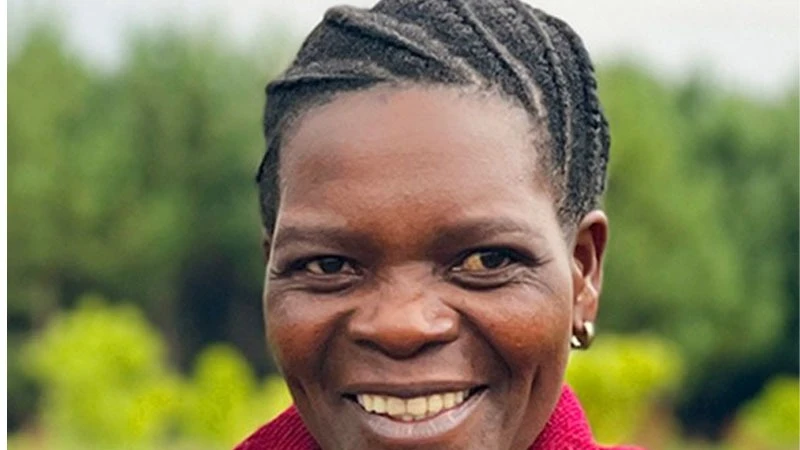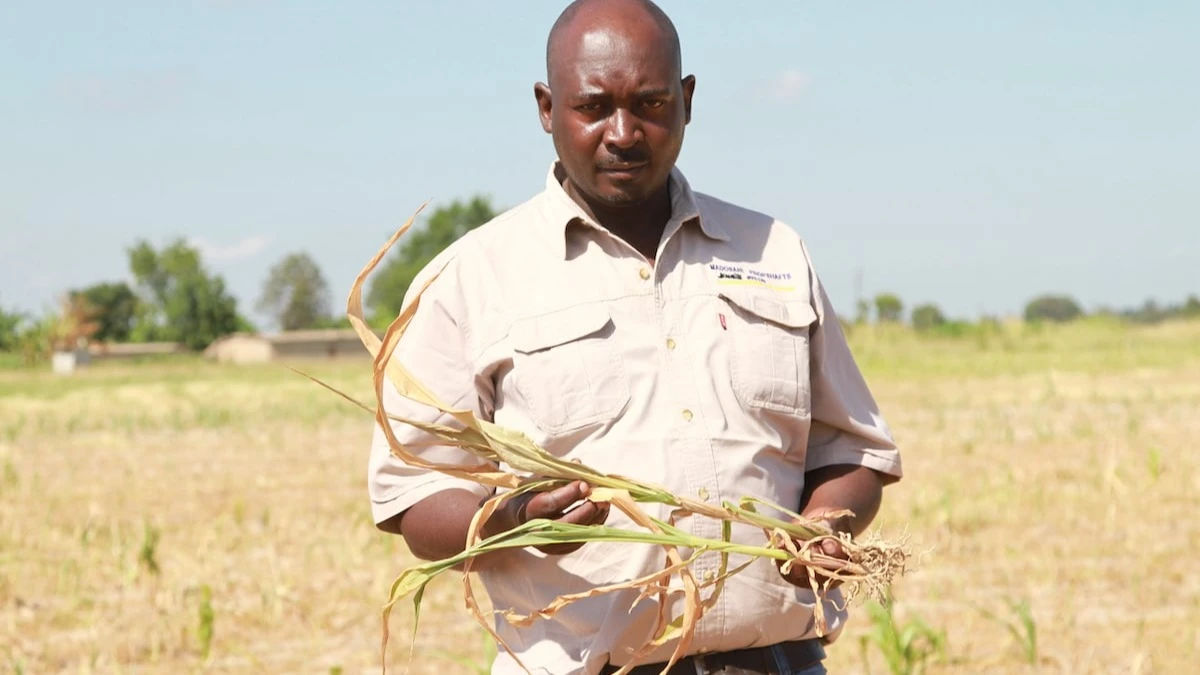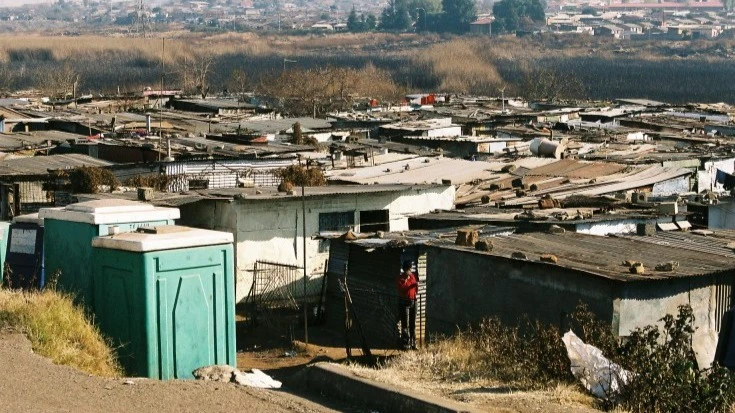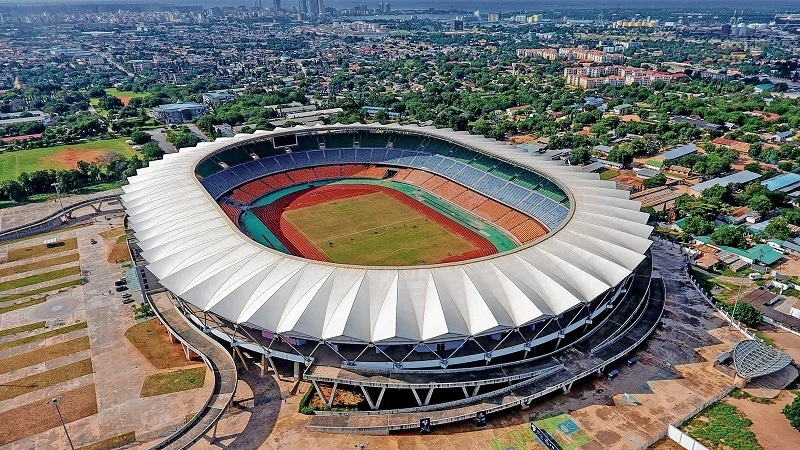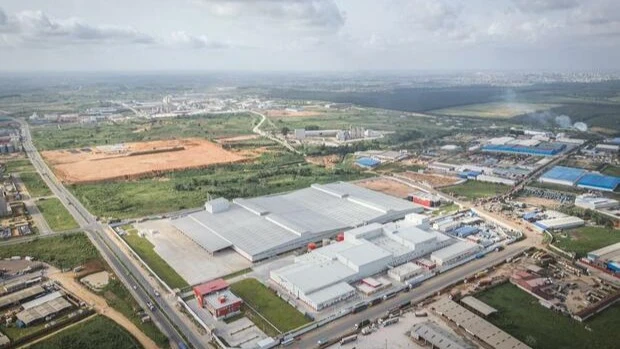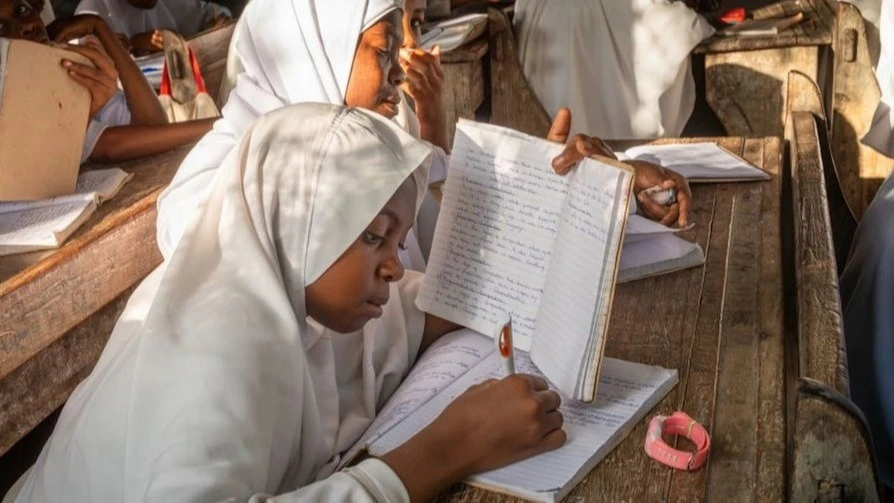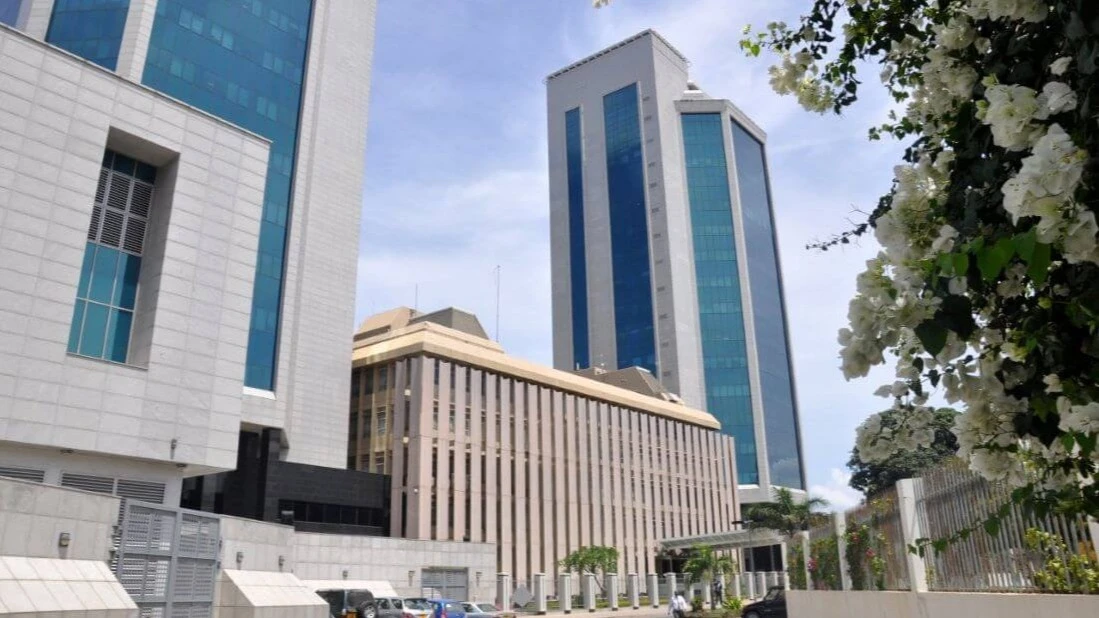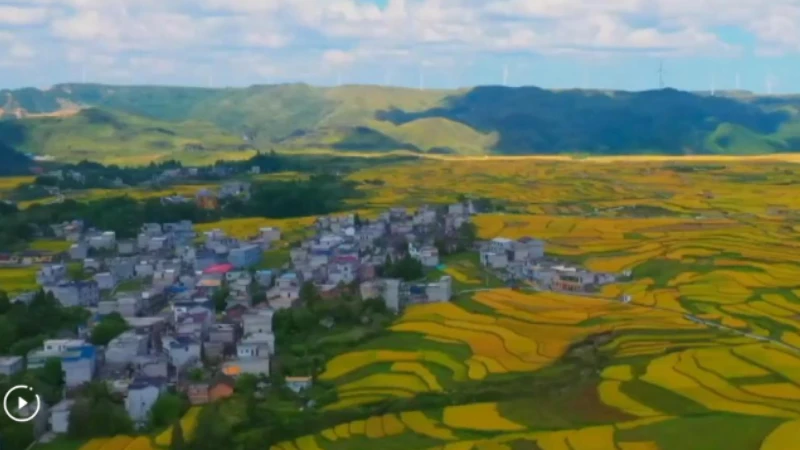NGO plants 20,000 trees in semi-arid Kondoa district
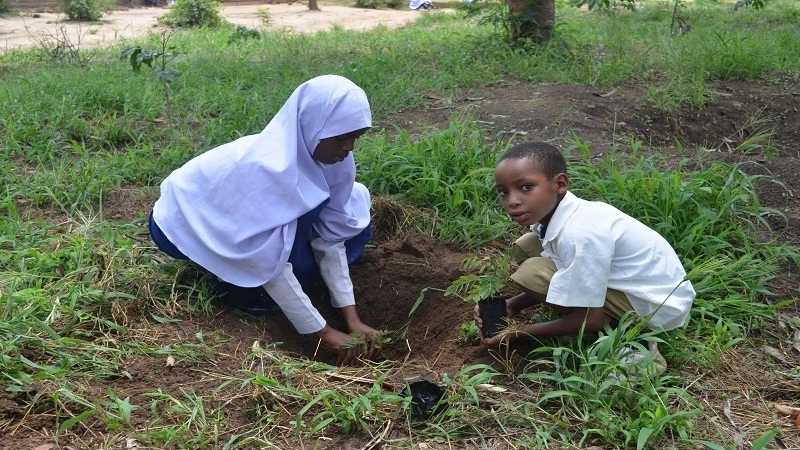
IN efforts to enhance biodiversity, promote sustainable livelihoods, and boost the country’s agroforestry sector, Inades-Formation Tanzania, supported by Vi Agroforestry, planted 20,000 trees in the semi-arid Kondoa District, Dodoma Region.
The tree planting initiative took place across five villages. In Itundwi, 3,803 trees of various species were planted, while 3,820 trees were planted in Filimo, and 3,352 trees in Kwayondu. Bambare and Masange villages saw 3,700 and 5,322 trees planted, respectively.
Happiness Shauri, Inades-Formation Tanzania’s agroforestry project officer stated that the organisation’s initial goal was to plant 30,000 trees in the district by March this year. The effort is focused on restoring degraded land, improving biodiversity, and enhancing climate resilience in the district that frequently experiences drought and declining agricultural productivity.
Shauri explained that the tree planting initiative is not only about environmental restoration but is also a community-driven strategy to boost food security, economic stability, and sustainable agriculture.
“Trees help reduce extreme temperatures and provide much-needed shade, making farming more viable,” she noted. “The effects of climate change in the villages threaten farmers, livestock, and the country at large.”
In addition to tree planting, the initiative included educating farmers on how to interpret rainfall patterns to better match their crops with local climate conditions.
In Kwayondu village, recorded rainfall patterns showed less than 200mm of rain annually, a challenging amount for crops that typically need at least 600mm of rain.
Shauri warned that without educating farmers on effective rainwater harvesting and agronomic practices, they could continue facing crop failures each growing season. “Few crops can thrive in areas with less than 200mm of rainfall, and crops like maize need at least 750mm to yield successfully,” she explained. “We must address the weather challenges to ensure farmers can secure their harvests.”
The organisation is optimistic that tree planting efforts will help improve rainfall patterns, ultimately enhancing agricultural productivity in the district.
The initiative also engaged local primary school pupils and villagers, encouraging them to take responsibility for environmental conservation. By integrating traditional knowledge with modern agroforestry techniques, the project aims to teach sustainable practices that will benefit current and future generations.
Patrick Lameck, agriculture consultant reminded farmers to adapt their crop choices to the region’s climate. “Planting crops like maize, which requires 750mm of rainfall, is not feasible in a village like Kwayondu, which receives less than 200mm annually,” he said.
“We need to rethink our approach and follow the advice of agricultural experts to avoid hunger. Crops like millet and sorghum can thrive in such conditions, and we can still buy maize from neighbouring districts.”
Top Headlines
© 2025 IPPMEDIA.COM. ALL RIGHTS RESERVED


